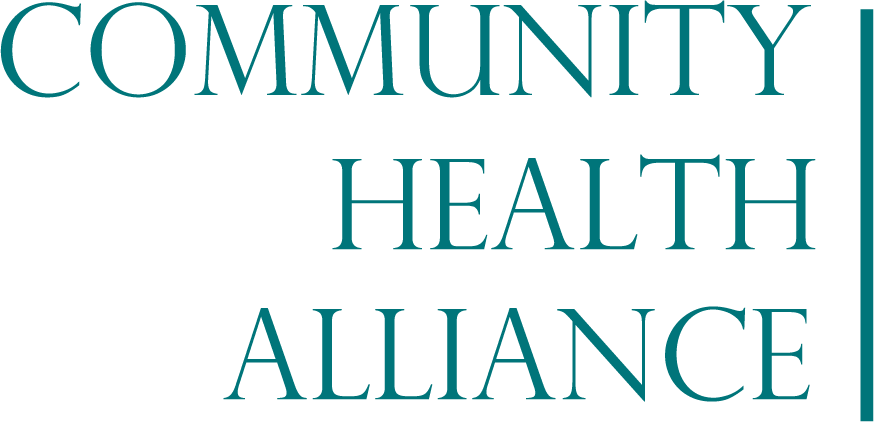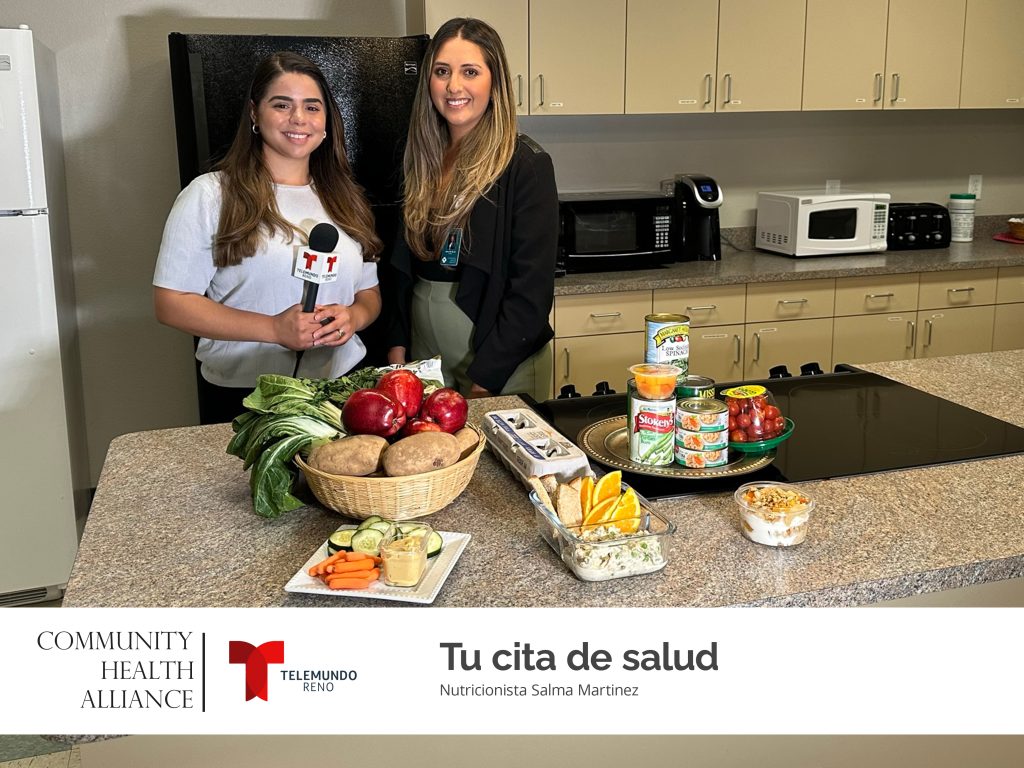Navigating Back-To-School Changes
As summer comes to an end and we move into the fall, one of our “normal” routines is preparing for the return of our children to the classrooms. I can remember my own childhood with getting new shoes and jeans but not being allowed to wear them until day one of school. However, as we all know, this has been no normal summer and returning to school has never been as “abnormal” as the fall of 2020. The American Academy of Pediatrics has recommended that children be physically present in school if it is possible for them to do so safely. As parents, we are faced with a number of concerns at this time including getting our kids back into a normal schedule. This can be especially difficult and stressful since many of our kids have been sleeping odd hours and often have their days and nights reversed to one degree or another.
Lianna Wilson, MA, and Sarah Straus, MS of The Child Mind Institute have identified four “reminders” that will help parents and kids to transition back into the classroom (https://childmind.org/article/helping-kids-back-school-routine/). The first is validation, or acknowledging that it is normal to feel nervous or anxious about returning to school and that getting back into the routine is hard for kids and adults. This can be especially stressful during the COVID 19 pandemic. The second point to getting back into school is reviewing the morning routine. It is important to discuss the “new” routine in specific detail in order for kids to know what is expected as they return to school. Homework is another aspect of the transition that can be stressful for both kids and parents. Completing homework as soon as possible with parental support to provide encouragement and assistance when necessary help to establish a positive routine and prevents getting behind from the start. Finally, establishing a bedtime routine may be the most difficult aspect of returning to school. Having a nighttime schedule is equally important as a morning routine. This can include structure around screen time, video gaming, etc. to help with winding down for the evening.
| Dr. Paul Greene, of the Manhattan Cognitive Behavioral Therapy discussed concerns about returning to school in the pandemic with tips to help parents in his article “Worried About Sending Your Kids Back to School?” (https://adaa.org/learn-from-us/from-the-experts/blog-posts/consumer/worried-about-sending-your-kids-back-school). Greene reminds parents that we can’t look into the future and don’t necessarily know all the right answers about returning to the classroom. What parents can do is make the best decision possible based on available information. Parents should review advantages and risks of kids being in the classroom. Educate themselves about the steps being taken at the school to ensure pandemic safety is being addressed including social distancing and protective masks for teachers, students and staff. Consider the risks and advantages of keeping kids home verses returning to school, and discuss all options with partners before making decisions. |
It is important for parents and families to know that they are not alone. If you have additional concerns or would like to explore ways to reduce or cope with the stress and anxiety please contact your Primary Care Provider or the Community Health Alliance Behavioral Health department.
By Michael Gooch, LCSW, Behavioral Health Provider
Sign Up for Our Newsletter
SubscribeSign Up for Our Newsletter
By submitting this form, you are consenting to receive marketing emails from: Community Health Alliance. You can revoke your consent to receive emails at any time by using the SafeUnsubscribe® link, found at the bottom of every email. Emails are serviced by Constant Contact
By submitting this form, you are consenting to receive marketing emails from: Community Health Alliance, 680 S. Rock Blvd, Reno, NV, 89502, https://www.chanevada.org. You can revoke your consent to receive emails at any time by using the SafeUnsubscribe link found at the bottom of every email.


